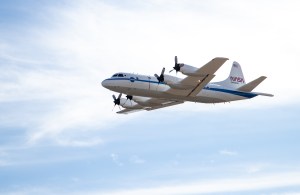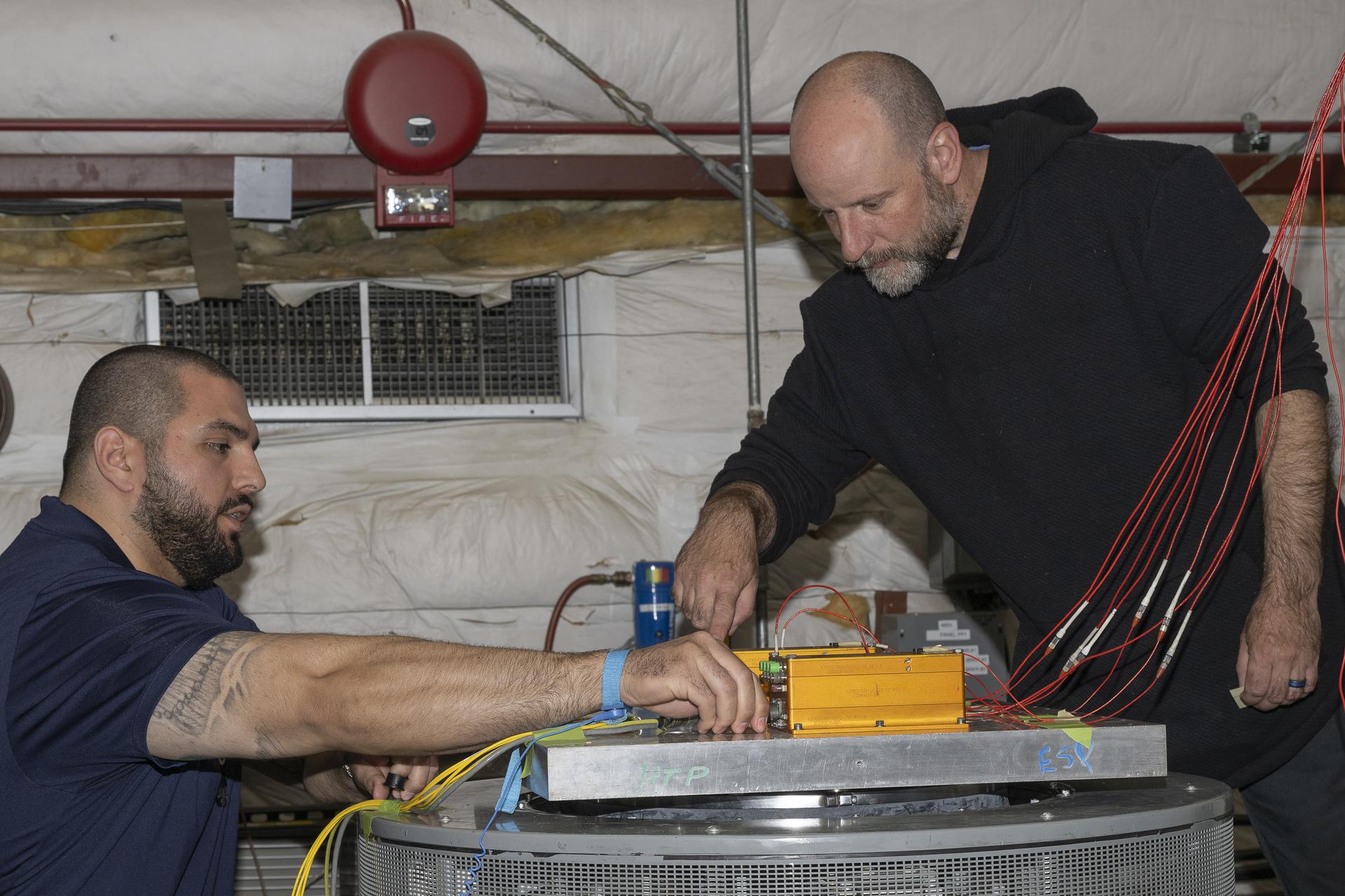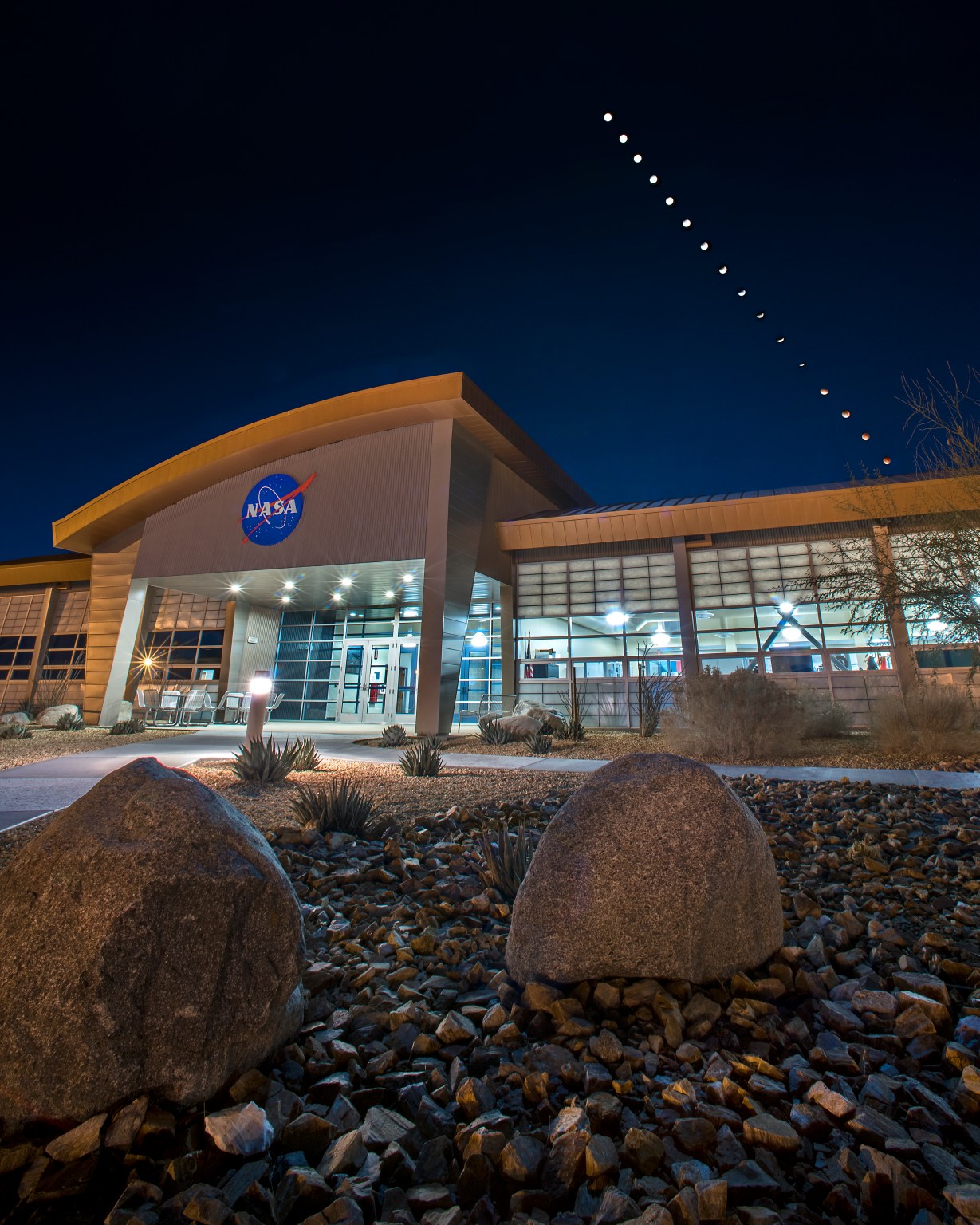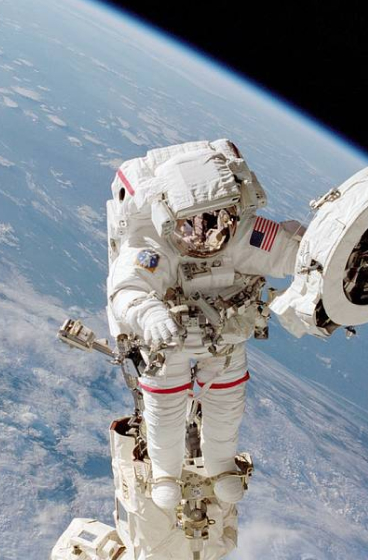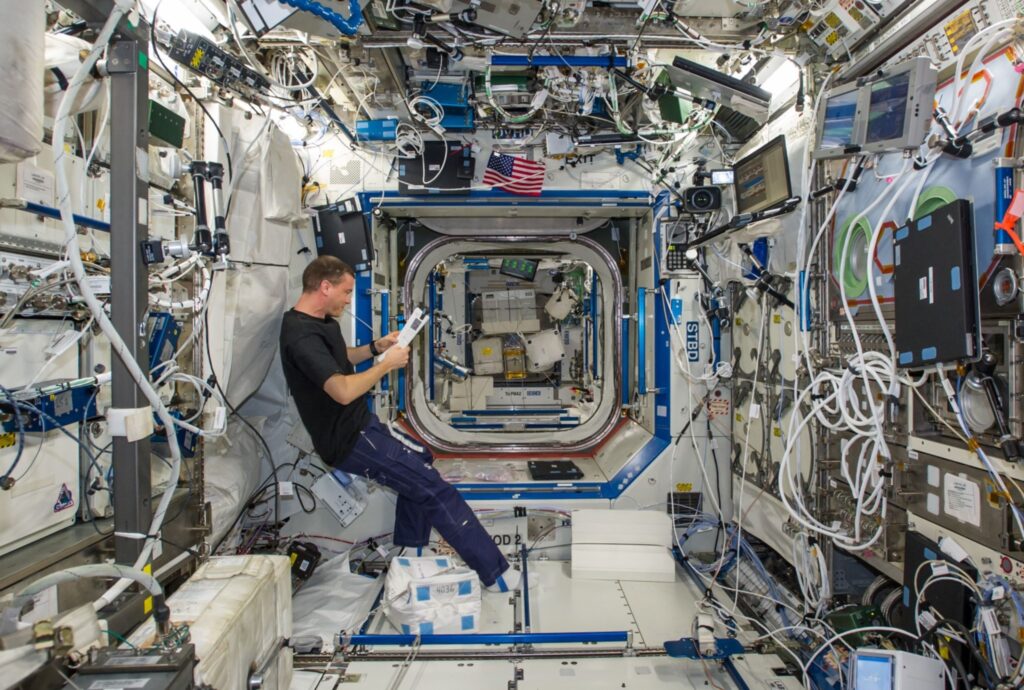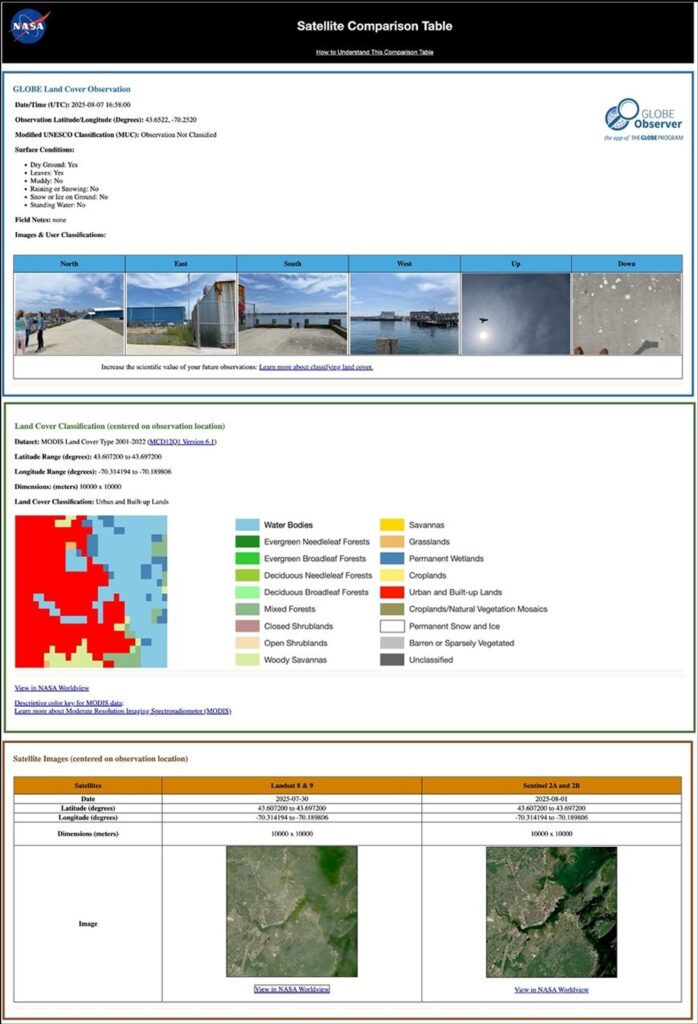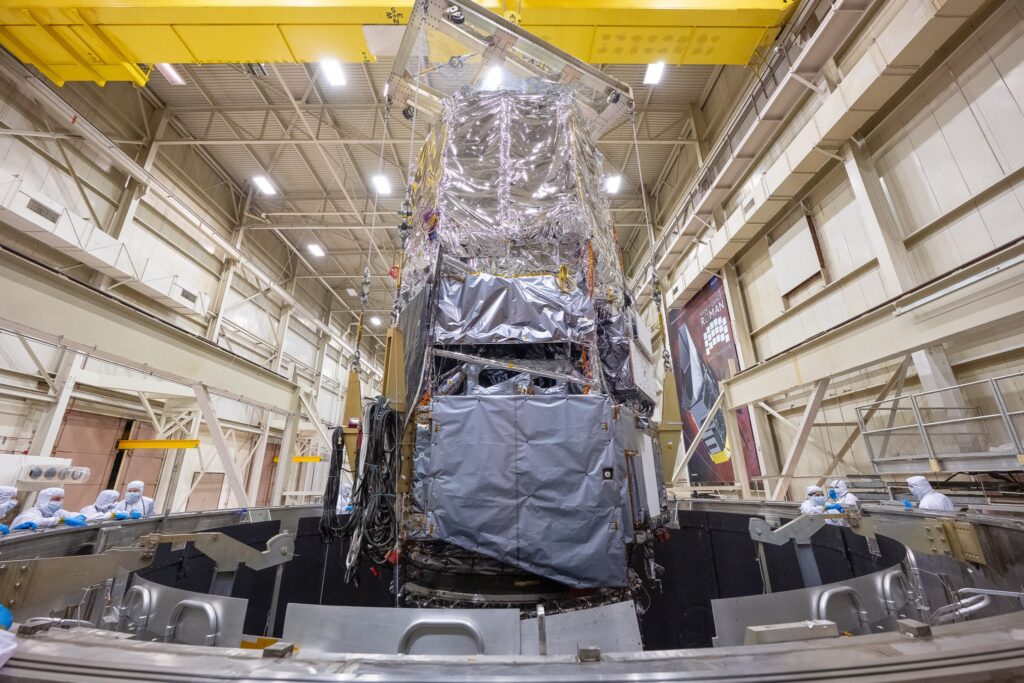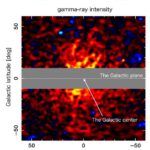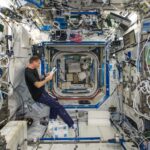Now Reading: NASA Air Taxi Passenger Comfort Studies Move Forward
-
01
NASA Air Taxi Passenger Comfort Studies Move Forward
NASA Air Taxi Passenger Comfort Studies Move Forward
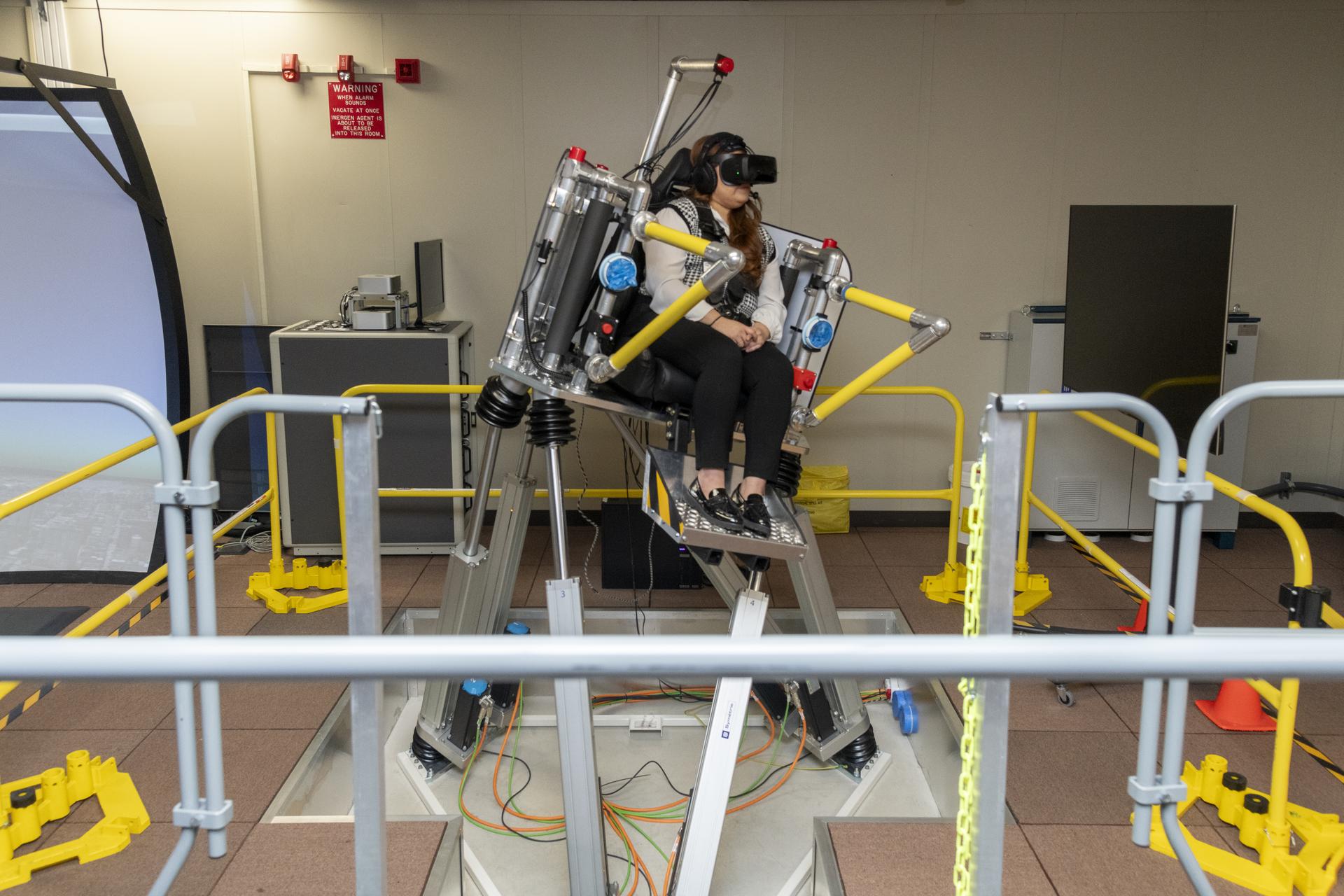
3 min read
Preparations for Next Moonwalk Simulations Underway (and Underwater)

NASA’s Advanced Air Mobility vision involves the skies above the U.S. filled with new types of aircraft, including air taxis. But making that vision a reality involves ensuring that people will actually want to ride these aircraft – which is why NASA has been working to evaluate comfort, to see what passengers will and won’t tolerate.
NASA is conducting a series of studies to understand how air taxi motion, vibration, and other factors affect ride comfort. The agency will provide the data it gathers to industry and others to guide the design and operational practices for future air taxis.
“The results of this study can guide air taxi companies to design aircraft that take off, land, and respond to winds and gusts in a way that is comfortable for the passengers,” said Curt Hanson, senior flight controls researcher for this project based at NASA’s Armstrong Flight Research Center in Edwards, California. “Passengers who enjoy their experience in an air taxi are more likely to become repeat riders, which will help the industry grow.”
The air taxi comfort research team uses NASA Armstrong’s Ride Quality Laboratory as well as the Human Vibration Lab and Vertical Motion Simulator at NASA’s Ames Research Center in California’s Silicon Valley to study passenger response to ride quality, as well as how easily and precisely a pilot can control and maneuver aircraft.
After pilots checked out the simulator setup, the research team conducted a study in October where NASA employees volunteered to participate as passengers to experience the virtual air taxi flights and then describe their comfort level to the researchers.

Using this testing, the team produced an initial study that found a relationship between levels of sudden vertical motion and passenger discomfort. More data collection is needed to understand the combined effect of motion, vibration, and other factors on passenger comfort.
“In the Vertical Motion Simulator, we can investigate how technology and aircraft design choices affect the handling qualities of the aircraft, generate data as pilots maneuver the air taxi models under realistic conditions, and then use this to further investigate passenger comfort in the Ride Quality and Human Vibration Labs,” said Carlos Malpica, senior rotorcraft flight dynamics researcher for this effort based at NASA Ames.
This work is managed by the Revolutionary Vertical Lift Technology project under NASA’s Advanced Air Vehicles Program in support of NASA’s Advanced Air Mobility mission, which seeks to deliver data to guide the industry’s development of electric air taxis and drones.
Share
Details
Related Terms
Stay Informed With the Latest & Most Important News
Previous Post
Next Post
-
 012024 in Review: Highlights from NASA in Silicon Valley
012024 in Review: Highlights from NASA in Silicon Valley -
 02Panasonic Leica Summilux DG 15mm f/1.7 ASPH review
02Panasonic Leica Summilux DG 15mm f/1.7 ASPH review -
 03How New NASA, India Earth Satellite NISAR Will See Earth
03How New NASA, India Earth Satellite NISAR Will See Earth -
 04And Thus Begins A New Year For Life On Earth
04And Thus Begins A New Year For Life On Earth -
 05Astronomy Activation Ambassadors: A New Era
05Astronomy Activation Ambassadors: A New Era -
06SpaceX launch surge helps set new global launch record in 2024
-
 07Space Force plans new ‘Futures Command’ amid pressure to speed up modernization
07Space Force plans new ‘Futures Command’ amid pressure to speed up modernization


